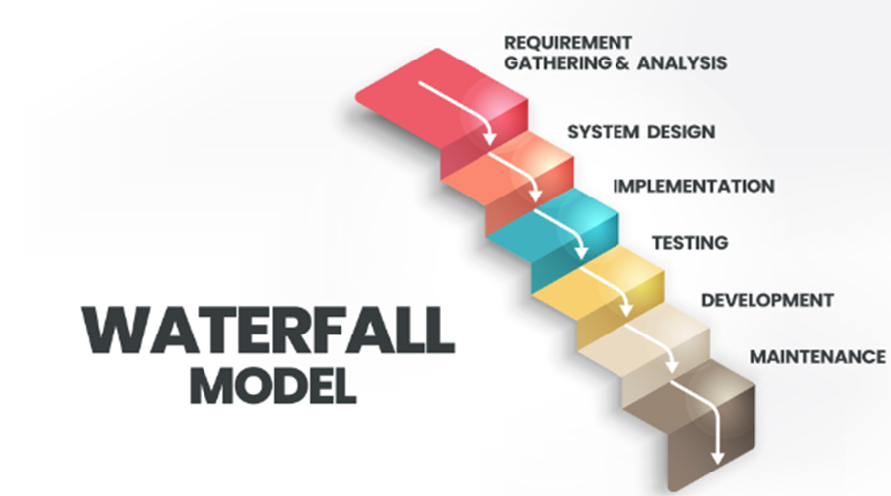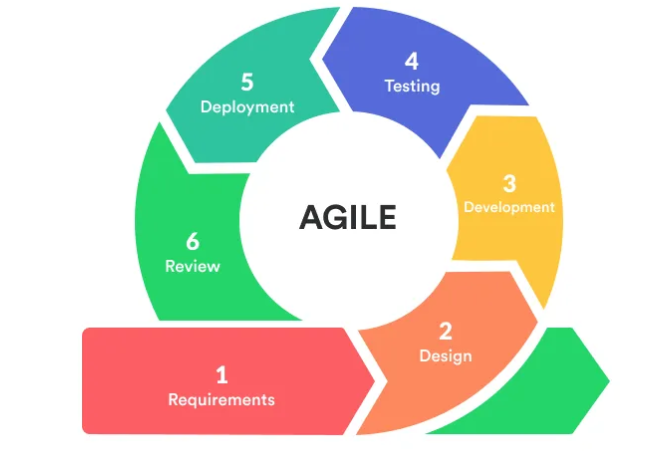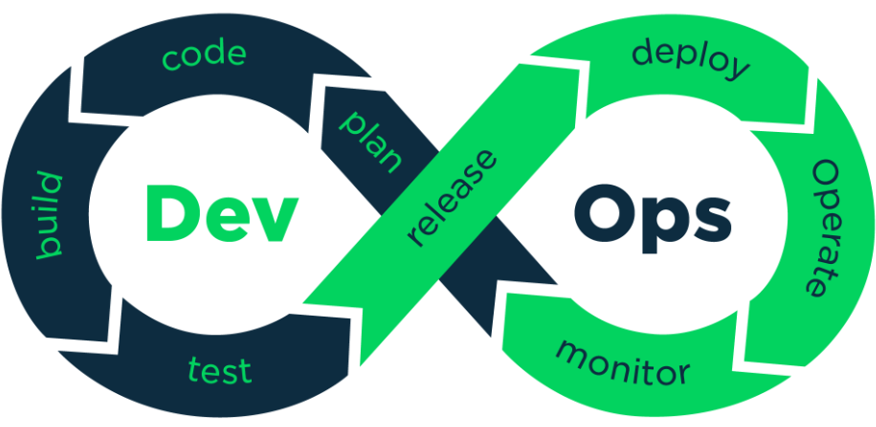Creating High Quality Software : SDLC (Software Development Lifecycle)
 Rahul Mahajan
Rahul MahajanIntroduction
In today’s fast-paced world, which is totally occupied by technology, providing the software with outstanding quality is an important factor for success. SDLC gives a step-by-step approach to providing high-quality measures of software development and maintenance. In this blog, we will learn about different phases of SDLC and its types.
What is SDLC?

SDLC is the standard process followed for developing the software. It comes with a variety of stages, starting from planning to delivering and monitoring. Every stage is extremely important to provide high standards and satisfy the customer’s requirements.
SDLC covers below important stages
Requirement Analysis : Information gathered and documented by understanding the client requirements
Design: Software architecture, design, technologies to used-all these minute details are planned out
Coding: Developers write the codes as per previous stages
Testing: Thorough testing is done for the developed codes to make sure the software is bug-free
Deployment: Tested software will be made available for users to use
Maintenance: Software will be monitored by regular updates and fixing the new bugs
Different Models used for SDLC
From the very beginning until today, the SDLC process has been evolving. Below are the names of SDLC models introduced time to time.
Waterfall Model
Prototype Model
Incremental Model
Spiral Model
RAD Model
Big Bang Model
Fish Model
V Model
Agile Model
DEVOPS Model
We will cover Waterfall Model, Agile Model and Devops Model.
Waterfall Model

This was the first SDLC model.
In this model, every phase has a dependency on the previous phase.
The next phase cannot be done until the previous phase is completed.
If any phase of the SDLC has any issue, it has to be started over again.
It is also known as the Linear Sequential Model.
Advantages
Very easy to implement
All phases are independent
High visibility
Disadvantages
Any new requirement in the middle of the project won’t be accepted.
For any new requirement, the cost will be very high
Client satisfaction will be very low
Agile Model

This model is very popular these days in market. Scrum model is most popular and most used model.
It is iterative and incremental model
It accepts the requirements in the middle of the projects
Teams work collaboratively
Continuous feedback is taken from client
It focus on delivering highest quality software
In this model, the development happens incrementally
Each increment has timeline of one to three weeks
Each increment is known as sprint
In one sprint, 7 to 9 people work for delivering high-quality product
Advantages:
Best quality is achieved
Requirements are accepted in the middle. Therefore, the client satisfaction is high
client has good visibility through scrum meetings
Effective use of time and money
Project status tracking is easy
Limitations:
Project quality is compromised if the individuals working are not committed
Adapting scrum model at very large scale is very big challenge
If any project member leaves in middle, then there will be impact on project
Devops Model

Devops is not a new technology or tool in the market
It is the new culture for SDLC and maintenance of software projects
Devops involves use of multiple tools
These tools are used to simplify the processes
In IT, two groups of people work together: one is the development group, and other is the non-development Group [also known as Operations group or Support group]
DEVOPS is combination of Development and Operations
The main objective of Devops is to foster collaboration between Development and Operations Group
In Devops, almost all the process are automated and we can use many automation tools to achieve it
It is the process of continuous development, continuous build, continuous test and continuous release of software with high quality and faster way with the use of automation tools
Similarities between Agile Model and Devops Model
Both are software development methodologies. Agile is in market since last 20 years but Devops is recently introduced
Both models concentrate on providing high-quality and rapid software development
Differences between Devops and Agile
Agile methodology only focuses on development, testing and deployment. After all these steps, there is no role of Agile. Whereas, Devops plays important role even after the deployments, which is for Operations and Monitoring
Agile mode is not fully based on automation, whereas Devops totally focuses on Automations
Agile gives importance to speed but Devops not only focuses on speed but also automations
In Agile client feedback is awaited but in Devops, immediate feedback is available via monitoring tools
Conclusion:
The Software Development Life Cycle is a key framework that helps teams provide high-quality software with consistency and efficiency. By using this framework, organizations can achieve their goals and customer satisfaction. As per the project structure, different SDLC processes can be used. Adopting the best practices at different stages of SDLC can help in successful delivery of projects.
Subscribe to my newsletter
Read articles from Rahul Mahajan directly inside your inbox. Subscribe to the newsletter, and don't miss out.
Written by
